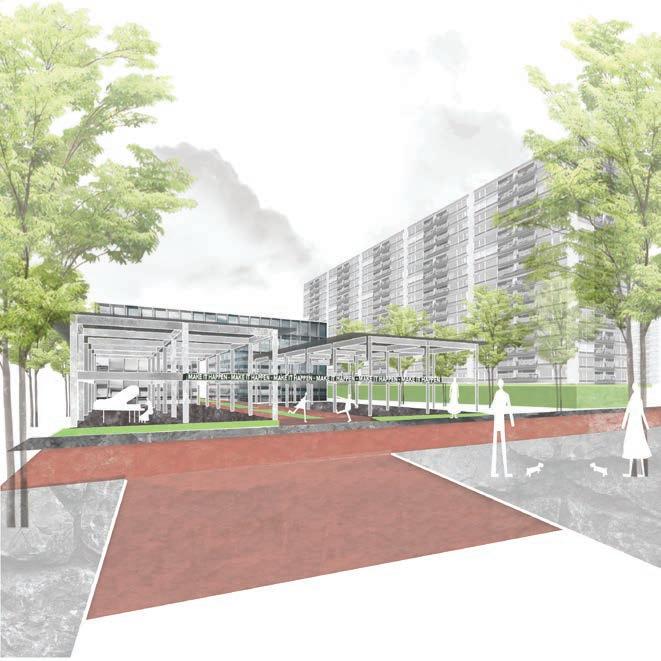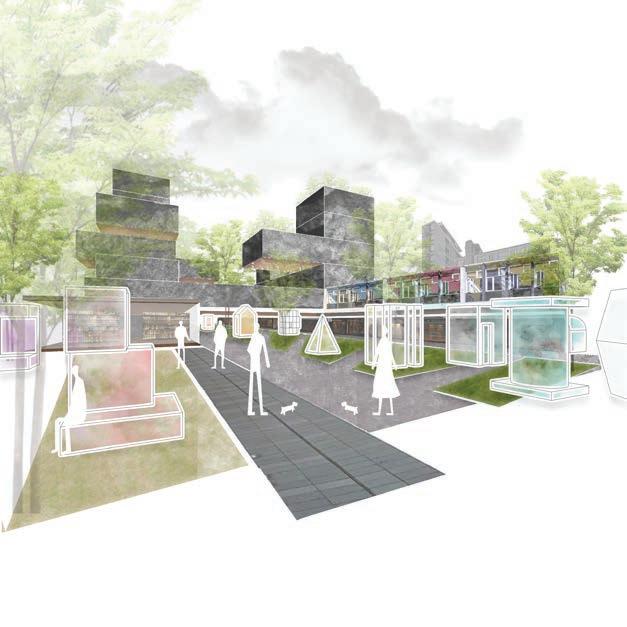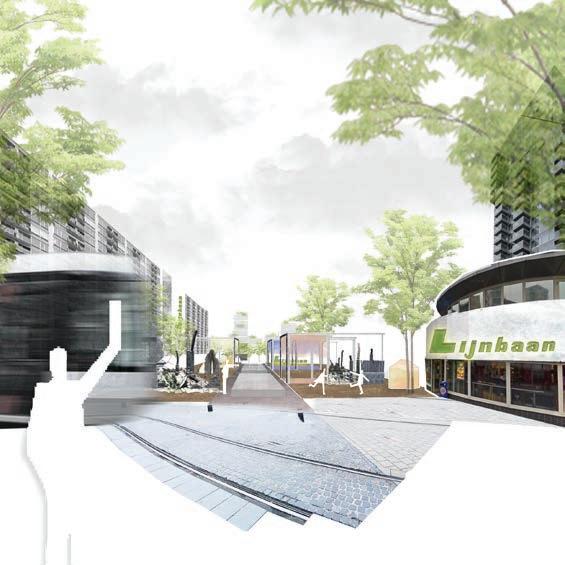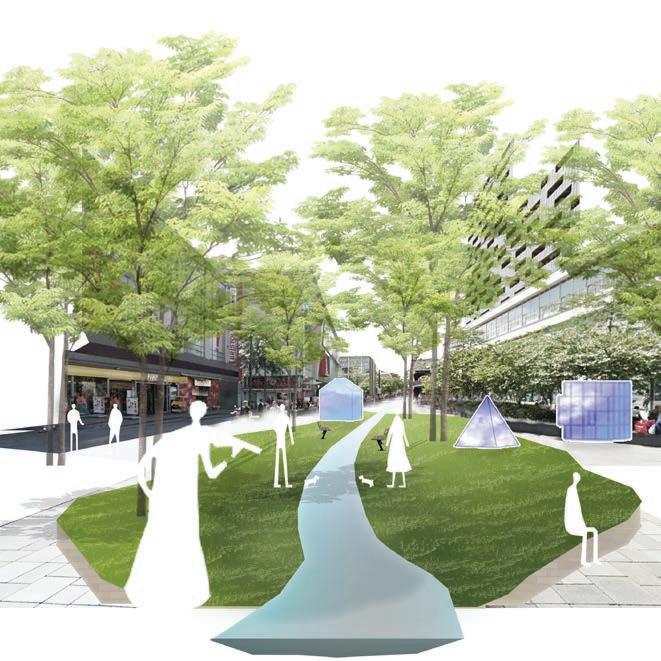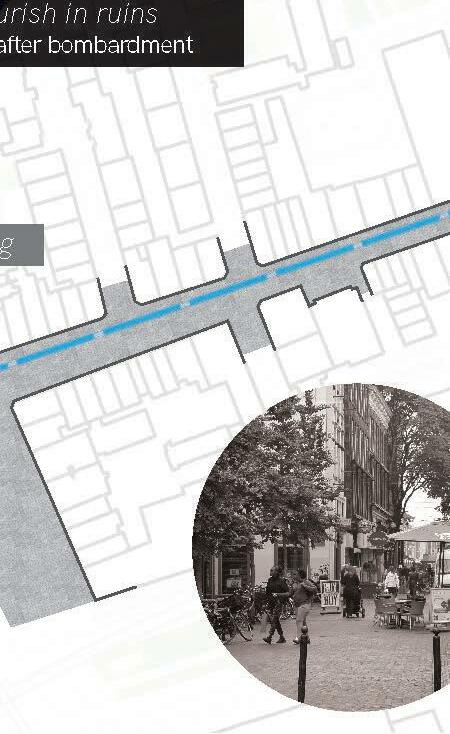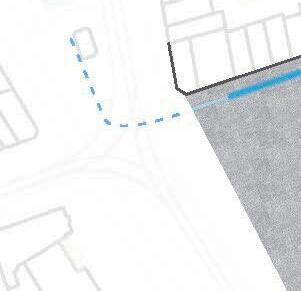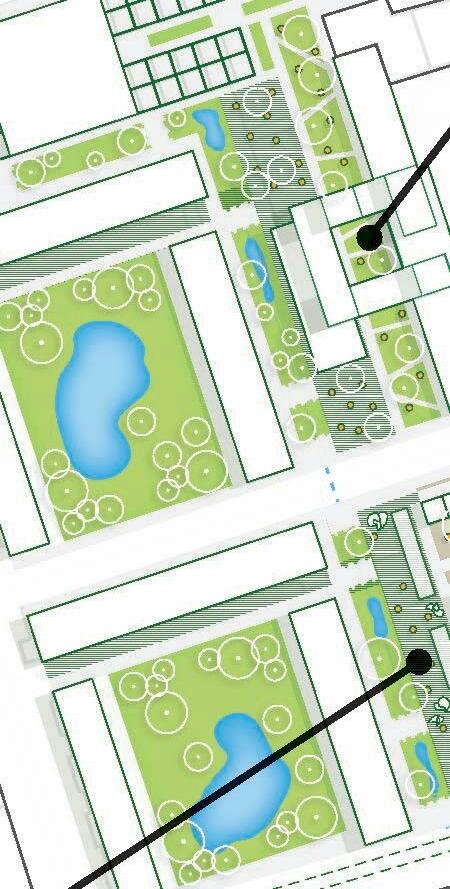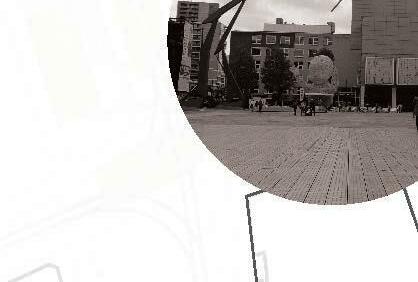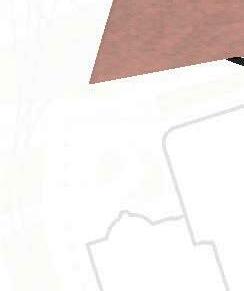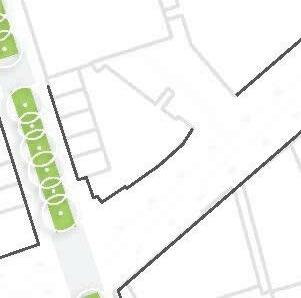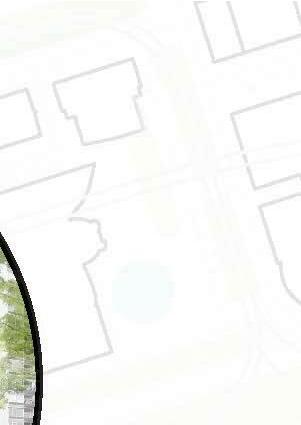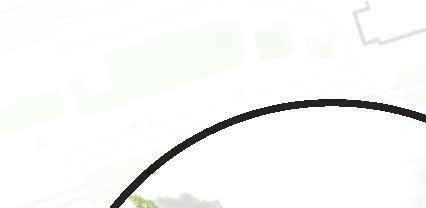
1 minute read
kaleidoscope of grown-up lijnbaan
Contents
summary: Lijnbaan after 70 years 6 imagining the grown-up children analysis: shopping domain in urban setting 8 analysis & design progression 10 analysis & design conclusion 12 design intervention 14 sustainable urban scheme 16 vegetation & surface material 18 pattern principles 19
Advertisement
1st child: reframing entrances 20
2nd child: celebrate the hilarity 21
3rd child: flourish in ruins 22
4th child: in search of tranquility 23 suet conclusion and evaluation 24 evaluation: design possibilities & questions 26 reflection 28 references 28
The friendship model illustrates the quest of the Team X generation, the international group of architects who in the 1950s believed to be the successors to CIAM, the international movement of modernist architects, for the intermediate scales in urban planning that intermediate between the large scale and abstraction of modernism and the human scale.
The Lijnbaan stores were too low, which is not appropriate for an inner city. Moreover, starting in the 1960s, people began to doubt heavily the idea of a City, an inner city dominated by shopping, working and culture with only a small place for living. The low Lijnbaan exerted great attraction on architects and administrators with grand ideas for Rotterdam. But it was only when the retail stock gradually began to change and traditional Rotterdam stores were replaced by chain stores and a certain banality and ordinariness invaded Lijnbaan that concrete proposals for demolition or radical new construction began to appear.
‘The Lijnbaan. Cultuurhistorische verkenning van het Lijnbaan ensemble” Crimson, 2004
Fig.2
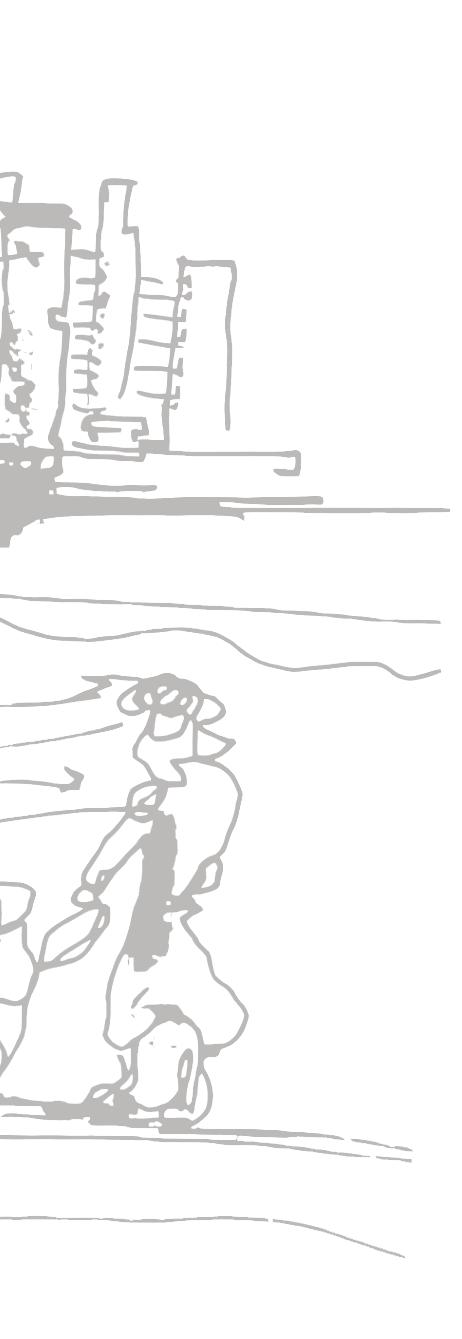
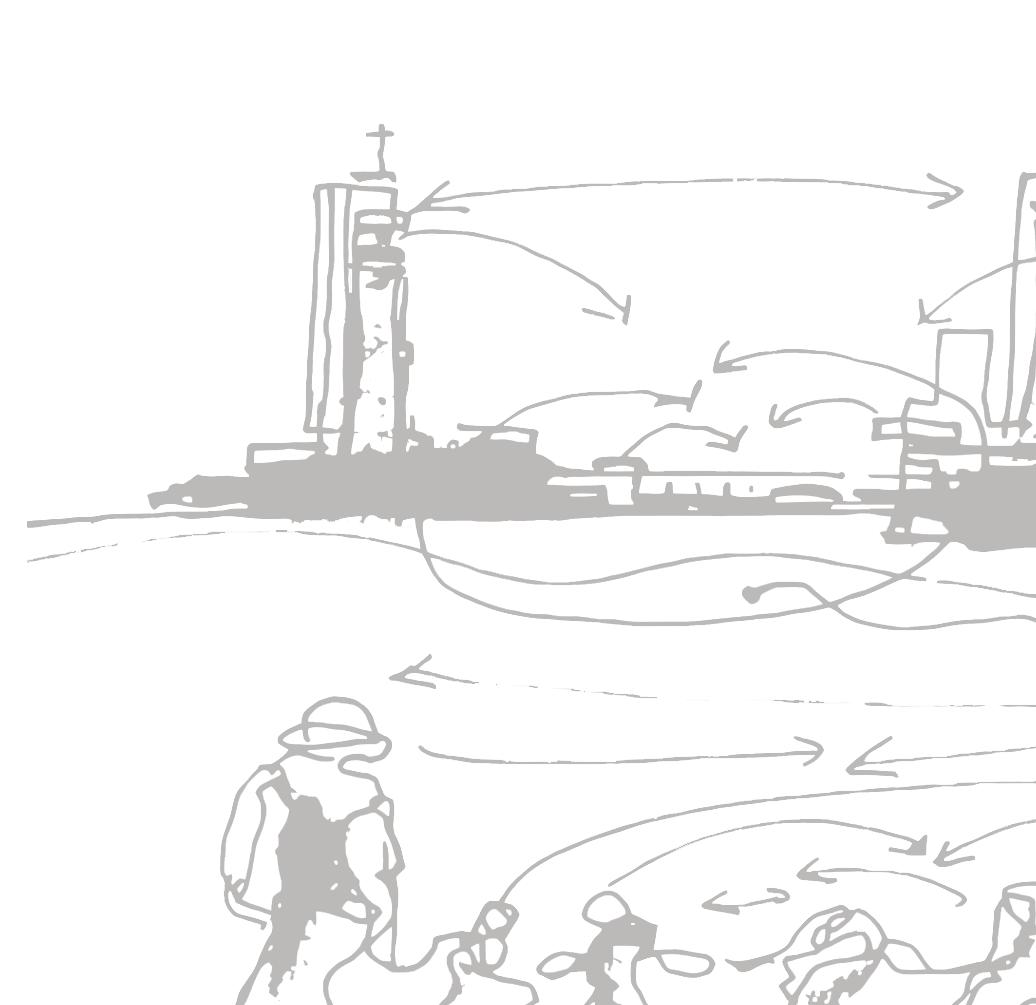
Jaap Bakema, “The Friendship Diagram”.
© Het Nieuwe Instituut, Rotterdam, Archive of J.B. Bakema.
Lijnbaan grown-up Lijnbaan
summary: Lijnbaan after 70 years imagining the grown-up children
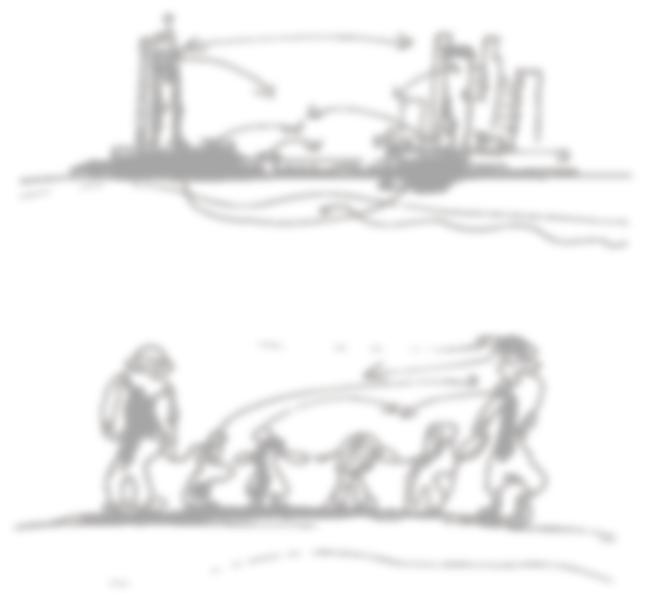
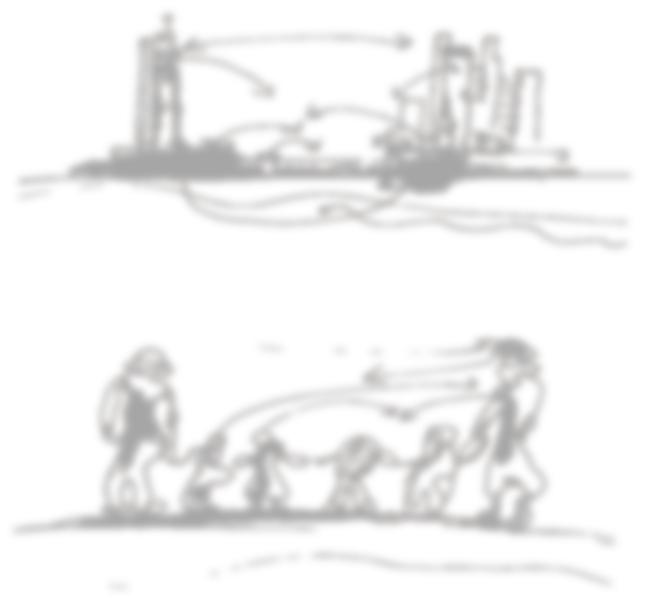
Lijnbaan turns 70 this year. Lijnbaan was a monumental invention in the 1950s for its influential car-free shopping street programme and unprecedented building that provided shopping freedom after the bombardment. Many tall towers were built in the years that followed, and the face of Lijnbaan completely changed into brances of chain retails. The dimension intended by Lijnbaan Van den Broek and Jaap Bakema was to create some kind of relationship model between buildings that depicts a family with parents and children interacting with each other. Crimson, a historian, conducted a historical study in 2004 that resulted in three scenarios for future development. Specifically, as classic, blank slate, and realistic monuments in urban design.[1] In this studio, I took a di erent approach to reimagining what if Bakema’s relationship model evolved over time, with the children growing up and discovering their own identities while maintaining the relationship in a di erent way?
[1] Crimson, 2004, ‘The Lijnbaan. Cultuurhistorische verkenning van het Lijnbaan ensemble”









































